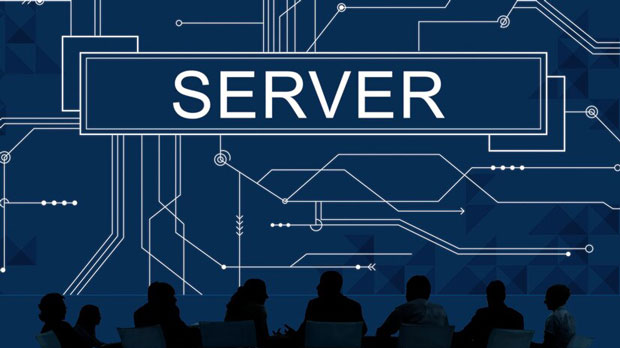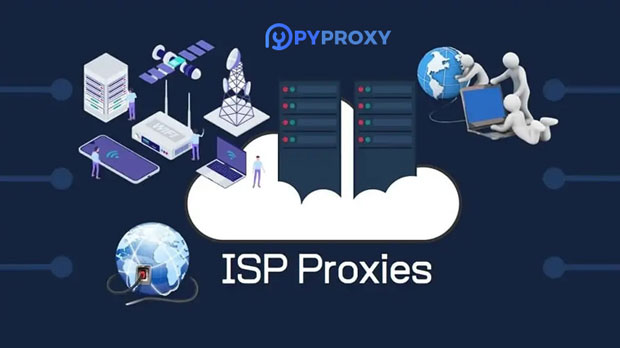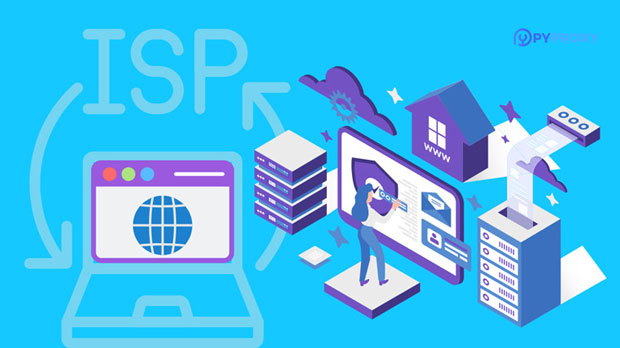Choosing an affordable and stable socks5 proxy service requires careful consideration of several key factors. While price is important, stability, speed, security, and the level of anonymity are equally vital for ensuring a smooth online experience. In this article, we will explore the essential elements to look for when selecting a SOCKS5 proxy service, offering practical advice on how to strike the balance between cost-effectiveness and reliable performance. By the end of this guide, you will be equipped with the knowledge to make an informed decision that meets your needs, without compromising on the quality of the service. 1. Understanding SOCKS5 Proxy TechnologyBefore diving into the selection process, it is crucial to understand what a SOCKS5 proxy is and how it works. SOCKS5 is a versatile protocol that enables users to route their internet traffic through an intermediary server, masking their original IP address. It provides several advantages over other proxy types:- Versatility: SOCKS5 can handle different types of traffic, including HTTP, FTP, and P2P connections, making it suitable for various online activities.- Enhanced Security: SOCKS5 provides a high level of encryption, ensuring that your data remains private and protected from interception.- No DNS Leak: Unlike some proxies, SOCKS5 does not leak DNS requests, ensuring anonymity is maintained.- Better Speed: SOCKS5 typically offers faster speeds compared to other proxy protocols like SOCKS4 or HTTP, which is crucial for activities requiring high bandwidth, such as streaming or gaming.Now that we understand the basics of SOCKS5, let's explore the factors that should guide your decision when selecting a service.2. Price vs. Quality: Striking the Right BalanceOne of the main reasons people choose socks5 proxies is affordability. However, when selecting a service, it is important not to compromise on quality just to save money. Cheap services often come with hidden issues, such as unreliable performance, slow speeds, or poor customer support. To strike a balance between price and quality, consider the following:- Pricing Structure: Many SOCKS5 providers offer monthly, quarterly, or annual payment plans. Typically, the longer you commit, the cheaper the service becomes per month. While it may be tempting to go for the lowest-priced option, always check if the service includes enough bandwidth, server locations, and features to meet your needs.- Trial Period: Some SOCKS5 services offer free trials or money-back guarantees. Use this opportunity to test the service for a few days and determine if it offers the speed, stability, and performance you require.While looking for a service that fits your budget, it is essential to assess if you are getting sufficient value for the money.3. Stability and UptimeStability and uptime are crucial factors that define the overall quality of a SOCKS5 proxy service. Even the most affordable proxy can fail to meet your needs if it experiences frequent downtime or performance lags. Here are the key elements to consider regarding stability:- Server Locations: A large number of servers across different geographic locations helps ensure stable performance. The more locations available, the better the chances of finding a fast and stable connection. Look for services that have servers in key regions where you need them, such as North America, Europe, and Asia.- Uptime Guarantees: High-quality SOCKS5 services usually provide an uptime guarantee (e.g., 99.9%). Check customer reviews and service forums to gauge whether the provider delivers on these promises.- Server Load: If too many users are connected to the same server, performance can suffer. A good proxy service will have a large pool of servers with low user-to-server ratios, reducing the likelihood of congestion.4. Speed and PerformanceSpeed is one of the most important factors for users of SOCKS5 proxies, especially when engaging in data-intensive activities like streaming, gaming, or downloading large files. To assess the speed and performance of a potential provider, look for:- Connection Speed: The closer the proxy server is to your physical location, the faster the connection will be. Choose a service that offers servers in multiple regions so you can connect to one with minimal latency.- Bandwidth Limits: Some services may impose bandwidth limits, which can throttle your connection speed. Ensure the service offers unlimited or generous bandwidth to avoid disruptions in your online activities.- Latency: Low latency is essential for real-time applications such as gaming or video conferencing. A good SOCKS5 provider will offer low-latency connections, ensuring seamless experiences even during high-demand activities.To ensure speed and performance, consider testing the service's connection before making a long-term commitment.5. Security and Privacy FeaturesWhen using a SOCKS5 proxy, you are relying on the service provider to protect your data and maintain your privacy. To ensure the security of your online activities, consider the following aspects:- Encryption: Although SOCKS5 proxies generally offer good security, some services may add extra layers of encryption to further protect your data. Always check whether the proxy supports secure connections, especially if you're handling sensitive information.- No-Logs Policy: A reputable SOCKS5 proxy provider should have a strict no-logs policy, meaning they do not store any information about your internet activities. This is essential for maintaining your anonymity.- IP and DNS Leak Protection: Make sure the proxy service has built-in leak protection, so your real IP address and DNS requests are not exposed during use.For maximum security, ensure the service provides protection against data leaks and follows best privacy practices.6. Customer Support and ReliabilityEven with the most reliable proxy services, issues may arise from time to time. Therefore, having access to responsive and knowledgeable customer support is essential. When evaluating a potential SOCKS5 provider, look for:- Support Availability: Does the provider offer 24/7 support? If you encounter technical difficulties, it’s crucial to have access to support whenever needed.- Support Channels: Check the available communication channels, such as live chat, email, or ticket systems. A combination of channels often ensures quicker response times and better overall service.- Knowledge Base: A robust knowledge base with tutorials, FAQs, and troubleshooting guides can be helpful for solving common issues independently.Good customer support is a sign of a reliable service, and it's worth paying attention to the provider's responsiveness and availability.7. Compatibility with Your NeedsLastly, make sure the SOCKS5 proxy service is compatible with your intended use case. Consider the following:- Device Compatibility: Some proxies may be more suitable for desktop usage, while others might work better on mobile devices or within specific software applications. Ensure the service supports all the platforms you use.- Support for Specific Protocols: If you plan to use the proxy for specific purposes like torrenting, ensure the service supports the necessary protocols (e.g., P2P traffic).By matching the provider’s features to your specific needs, you can ensure a smooth and efficient experience.ConclusionChoosing an affordable yet stable SOCKS5 proxy service requires a careful balance of factors such as price, stability, speed, security, and customer support. By understanding the technology behind SOCKS5, testing different providers through free trials, and focusing on the key features that matter most to you, you can make an informed decision that aligns with your requirements. Ultimately, the right proxy service will enhance your online experience, providing the necessary privacy and security without breaking the bank.
Dec 26, 2024
![arrow]()



















































